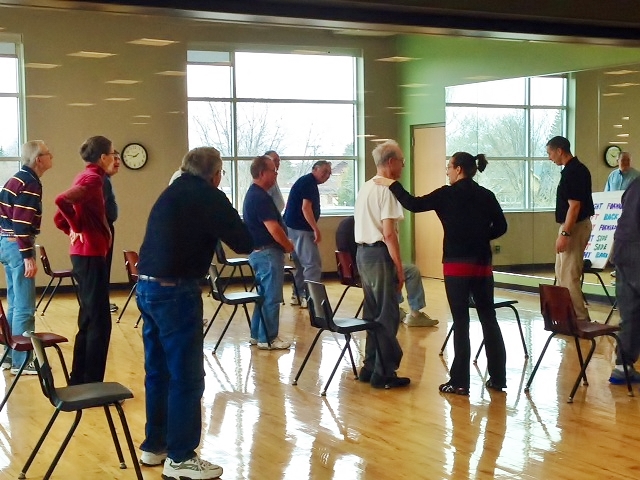It's well recognized that physical activity plays a very important role for patients with Parkinson's disease. It may be responsible for systemic and in particular neuronal plasticity, but there is little scientific research on this topic.
 Indeed, during physical activity, a number of myokines and metabolites are released into the bloodstream, many of which can cross the blood-brain barrier and exert effects on the central nervous system.
Indeed, during physical activity, a number of myokines and metabolites are released into the bloodstream, many of which can cross the blood-brain barrier and exert effects on the central nervous system.
Research has demonstrated that physical activity not only prevents cognitive decline and the risk of dementia in older adults and other neurodegenerative diseases, but also alleviates motor deficits, and alleviates neurological impairments.
Furthermore, recent studies have indicated that intensive and cognitively demanding programs can induce plastic changes in the brain in people with Parkinson's disease. In healthy subjects, the beneficial effects induced are mediated by an improvement in mitochondrial function and mitophagy.
This is relevant since mitochondrial dysfunction is a key phenomenon associated with early-onset Parkinson's disease, which occurs before the onset of motor symptoms.
Indicators of the neurodegenerative process of Parkinson's disease can be detected in the fibroblasts of patients with Parkinson's disease. Recent studies examining skin fibroblasts from patients with Parkinson's disease have indeed revealed metabolic and mitochondrial abnormalities.
The PARKEX trial is an open-label randomized clinical trial.
The PARKEX study is the first clinical trial that aims to evaluate the effects of two programs on the mitochondrial function of skin fibroblasts from patients with Parkinson's disease, as well as their impact on motor function, quality of life, sleep, cognitive aspects, and mood.
Two different physical activity and cognitive programs are designed to study the effect on mitochondrial function in skin fibroblasts from patients with Parkinson's disease. The first group will undergo basic physical training focused on strength and resistance. The second group will participate in exercises combined with motor and cognitive exercises. Participants will have to adapt to complex motor execution tasks. A third group, the sedentary group, will serve as a control. The intervention in both programs will last 3 months. The interventions will be carried out in groups, with 8 patients per group, and each session will last 60 minutes. The intervention programs will be structured in 3 cycles of 4 weeks. From the third week onwards, the workload will gradually increase.
In both physical activity programs, the exercises will target large muscle groups. Depending on the resistance put in place and the exercises, different muscles can be worked concentrically and eccentrically: lower limbs, upper limbs, and trunk. The Exxentric kBox4 device will be adapted with special harnesses, wall anchors, and support bars, depending on the patient's needs.
In addition to the main muscle groups, special attention will be given to key muscles involved in the gait cycle, such as the tibialis anterior, medial gastrocnemius, rectus femoris, and hamstrings, from a biomechanical perspective. This aspect will be common to both programs, the only difference being that the physical activity program will have a greater workload than the group with motor and cognitive exercises.
Hopefully, the implementation of functional programs and exercises over 12 weeks should have a positive impact on mitochondrial function. These improvements should translate into potential neuroprotective effects.
